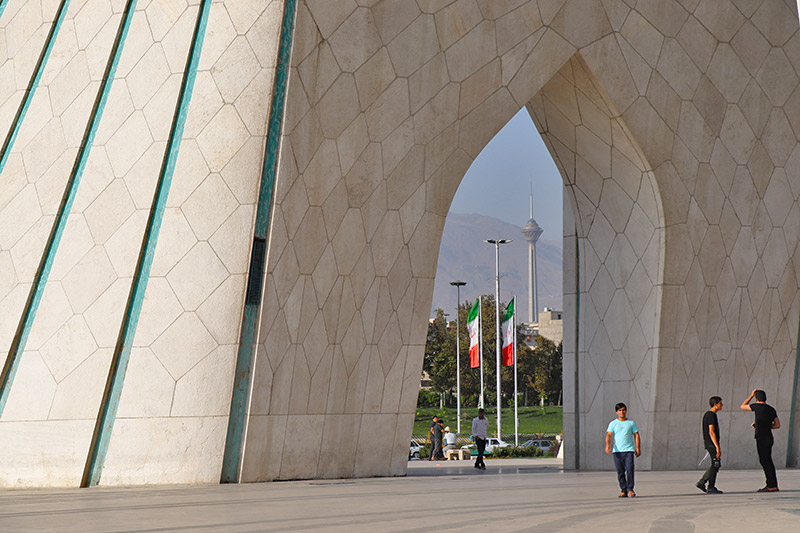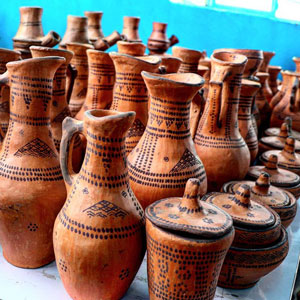 Signin with Google
Signin with Google Signin with Facebook
Signin with Facebook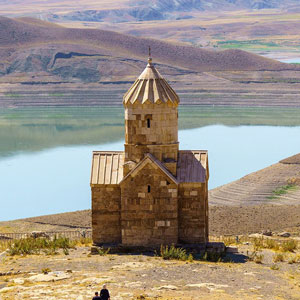
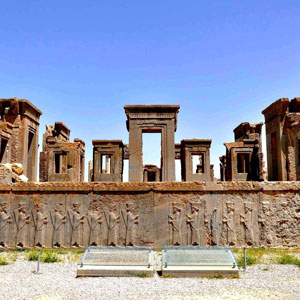 Places,History
Places,HistoryA Tower and Many Names for Azadi
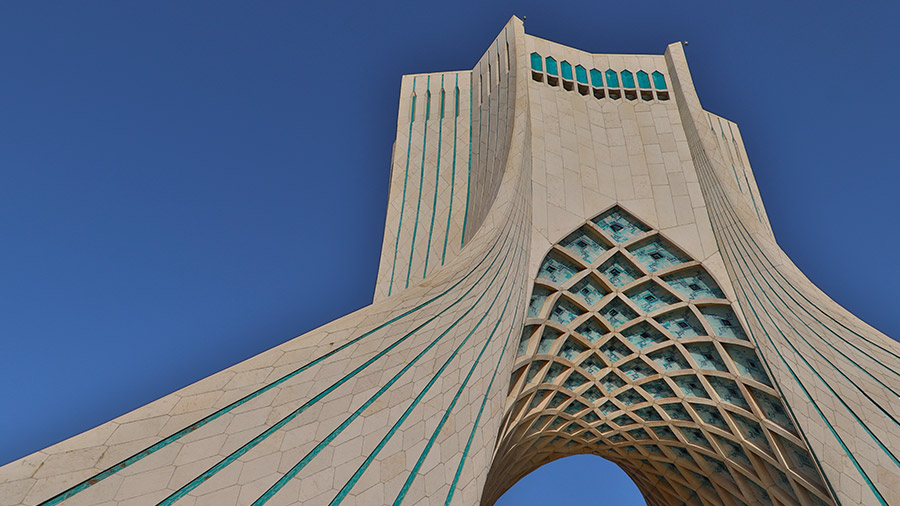
A portal of entry to the city
On September 1, 1966, a small annunciation was published on the newspaper's advertising column. It was to reveal the dream of the Shah (Mohammad Reza Pahlavi), eager to display the wealth generated from oil exploration to have a monument as a symbolic gate in the capital city of Iran to be the icons of ancient Persia as well as the architectural models of world's industrial countries; A blend of modernism and grandeur of ancient Persian empire. 21 sketches were participated in the competition and were judged.
A very dreamy person whose design was inspired by his fascination with Persian history won the competition. A fresh graduate of architecture from Tehran University of fine arts, 25-year-old Hossein Amanat abandoned plans to continue his studies in the United States.
"I thought: It should be a portal of entry to the city", said Amanat.
The memorial of Persian Imperial
On Tehran's main East-West axis intersection being surrounded by Alborz Mountains at distance, a few kilometres from the airport at over 120.000 square metres, one of the largest plazas in the world happened to be host to the impressive monument to commemorate the 2500th anniversary of Achaemenid under Cyrus the Great. So first-named Darvaze-ye Kurosh(Gate of Cyrus).
After 28 months of construction on a beautiful fall day, about five in the afternoon when the fountains were going and the floodlights on the building were lit, it was inaugurated as the Shahyad Tower (King’s Memorial) in 1971.
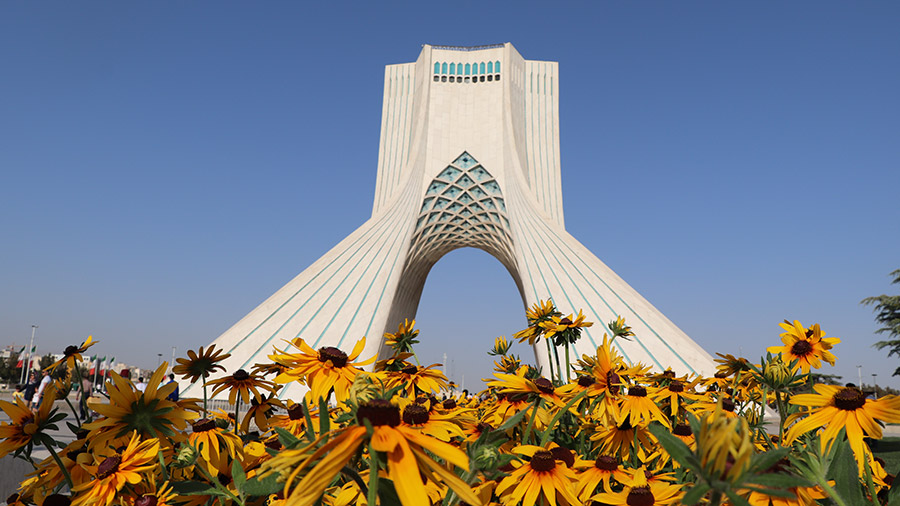
Starts from the ground and stretches to the sky
The Shahyad is shaped like an inverted -Y- with self-reliant foundations resembling a statue clad in snow-white marble. The columns of swath made of turquoise tiles split bases of the tower to induct soaring high into the sky while standing at each side of the tower offers a different scene to the observer. That is why the architect explains the tower "starts from the ground and stretches to the sky".
The tower represents a combination of two significant periods of Iran's history: before the Arabs invasion and the period after it. The main vault at the centre is a Sassanid arch; reminiscent of Taq Kasra ruins at Ctesiphon but, with a little difference: Tehran's gateway vault is getting wider as coming to the ground. The broken arch above it alludes to the second period, and they are interwoven together through a network of ribs that connects the two arches together as a symbol of the continuation of Persian architecture.
Tile works under the belly of the arch is an inspiration from peacock tail having the pattern of Shiraz Vakil mosque in mind. Standing under the arch of the tower can shock every visitor presenting the most unique face of the structure. Tehran's aesthetic icon also benefits of an architectural element which is considered as the most ancient cooling system, Badgir, known as Wind tower/ wind-catcher; on the four sides of the tower at the top there are vertical grooves that help the air conditioning inside of the tower.

The tower stands on the Azadi square that is based on the design of the internal dome of Sheikh Lotfollah mosque in Isfahan, but with a different shape: Here the geometry of the monument is mostly oval, instead of being circular. The fountains and park decorations in the square are also a tribute to the genius and grace of the Persian Gardens.
Made out of 8000 blocks of the finest white marble coming from the city of art, Isfahan, because of the intricacy of the arches, curves and ribs of the tower, the shape of nearly every piece of the stone cladding was unique.
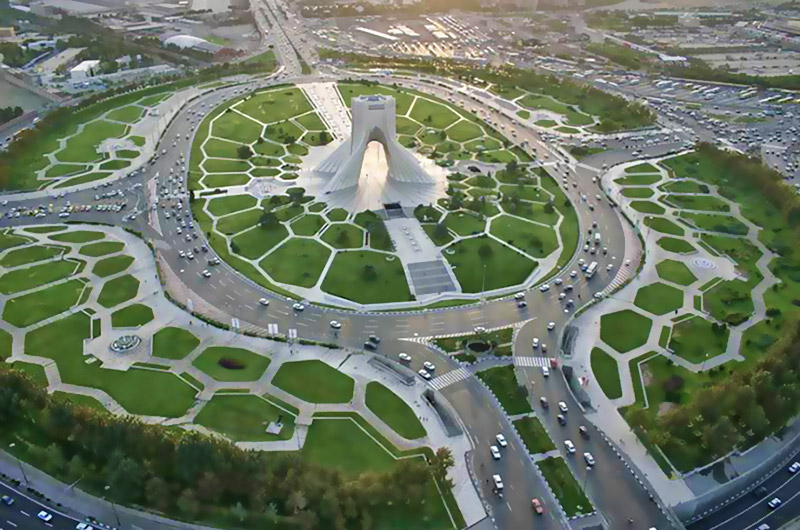
A cave of marble embracing the Cyrus Cylinder
But under this square is another world to unfold. Bellow the marble gate of Tehran there is a marble cave with gigantic stone doors open onto a cryptic tunnel where the light is subdued and polygon shapes upon your head never stop to follow you inside the monument.
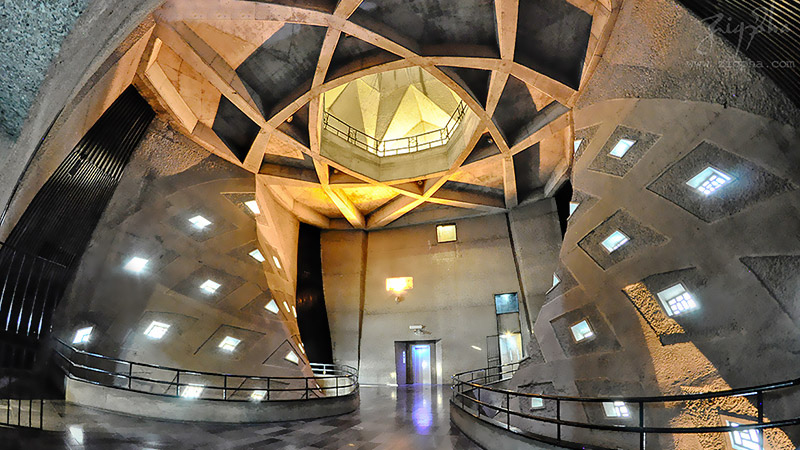
The tunnel leads to an underground museum of very early finds of Iranian civilizations, handicrafts of ethnic groups, ornamental and gemstones, gallery and artefacts of Persian history, eventually reaching the main hall and visitors centre, where once at the opening of the tower the cylinder of Cyrus the Great dates back to the 6th century BC had been brought from the British Museum for the dedication of the monument. This ancient clay cylinder was "the first attempt we know about running a society, a state with different nationalities and faiths" according to the former Director of the British Museum.
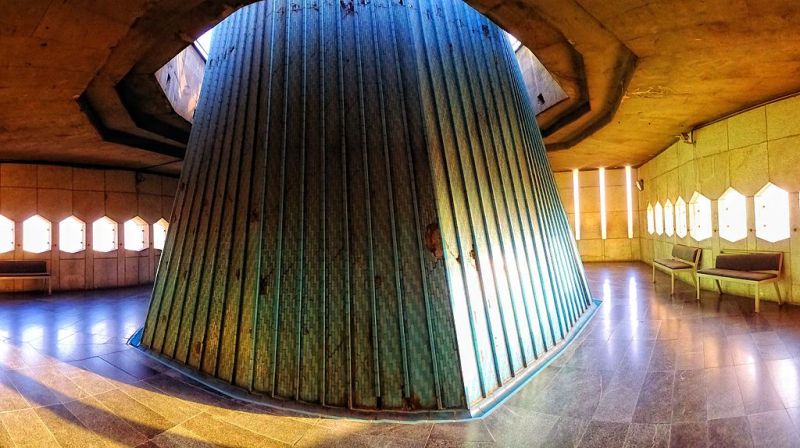
At the top of the tower where the staircase ends to a lonely blue dome and Iran's civilization gate, there is the light that welcomes you. The peace of turquoise tiles and windows all around take the time back, maybe to one of the cold days of winter of 1979 while the crowd coloured the landscape of the tower in black to make Shahyad a symbol for the nation's will forever.
The museum of the tower is open every day from 9:00 till 18:00 except Saturday.
Why Azadi tower is an icon of freedom
Despite the tower being affiliated with the deposed Shah, the tower has been embraced as a national symbol of Iran, "The people loved it", As structural engineer Sir Michael Duncan described, that's the reason the eight-year-old Shahyad was renamed after the 1979 Islamic revolution to be the most nostalgic icon with the name of Azadi which means Freedom. Borj-e Azadi in Farsi has become a focal point and memoir of demonstrations.
